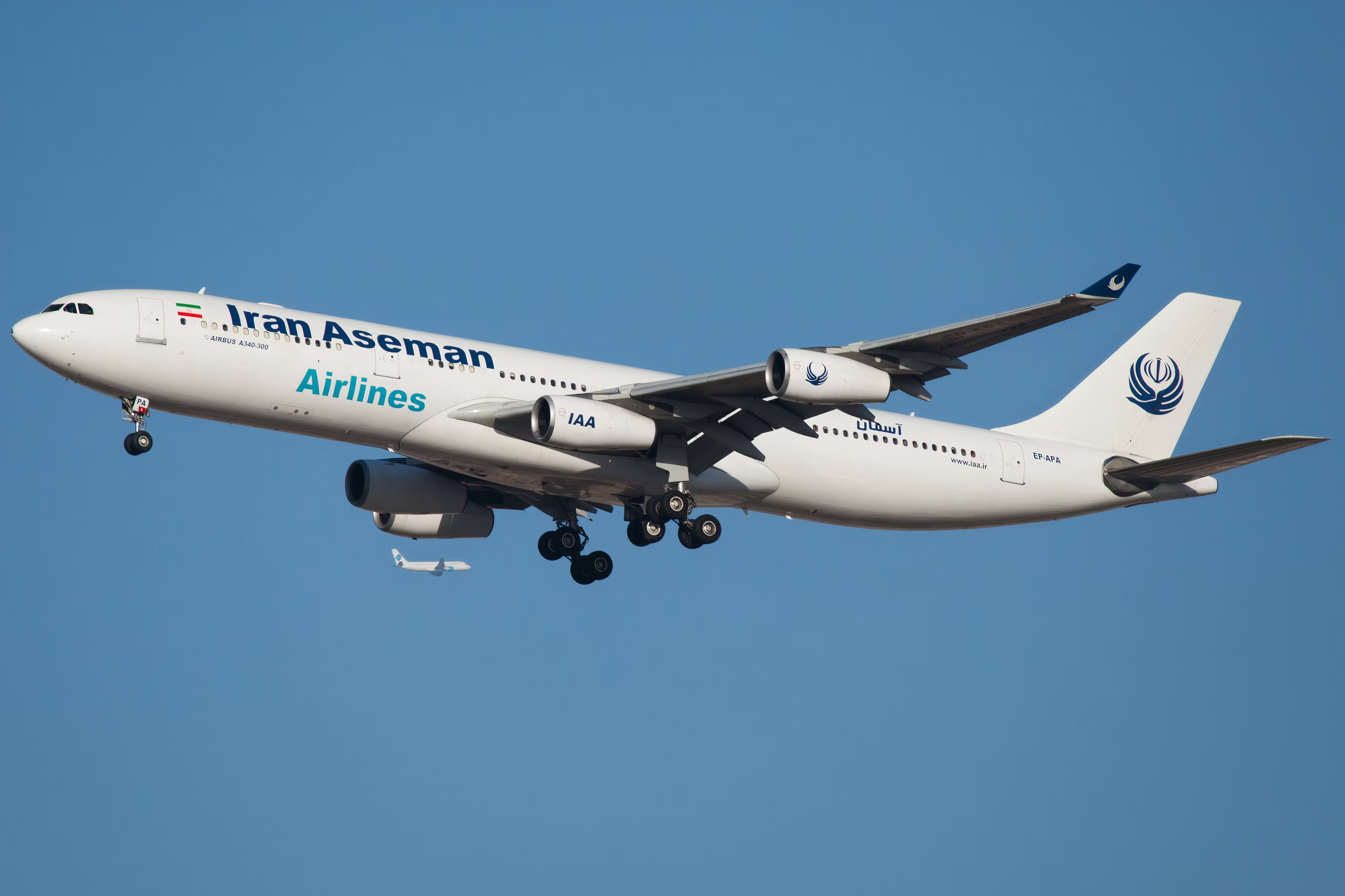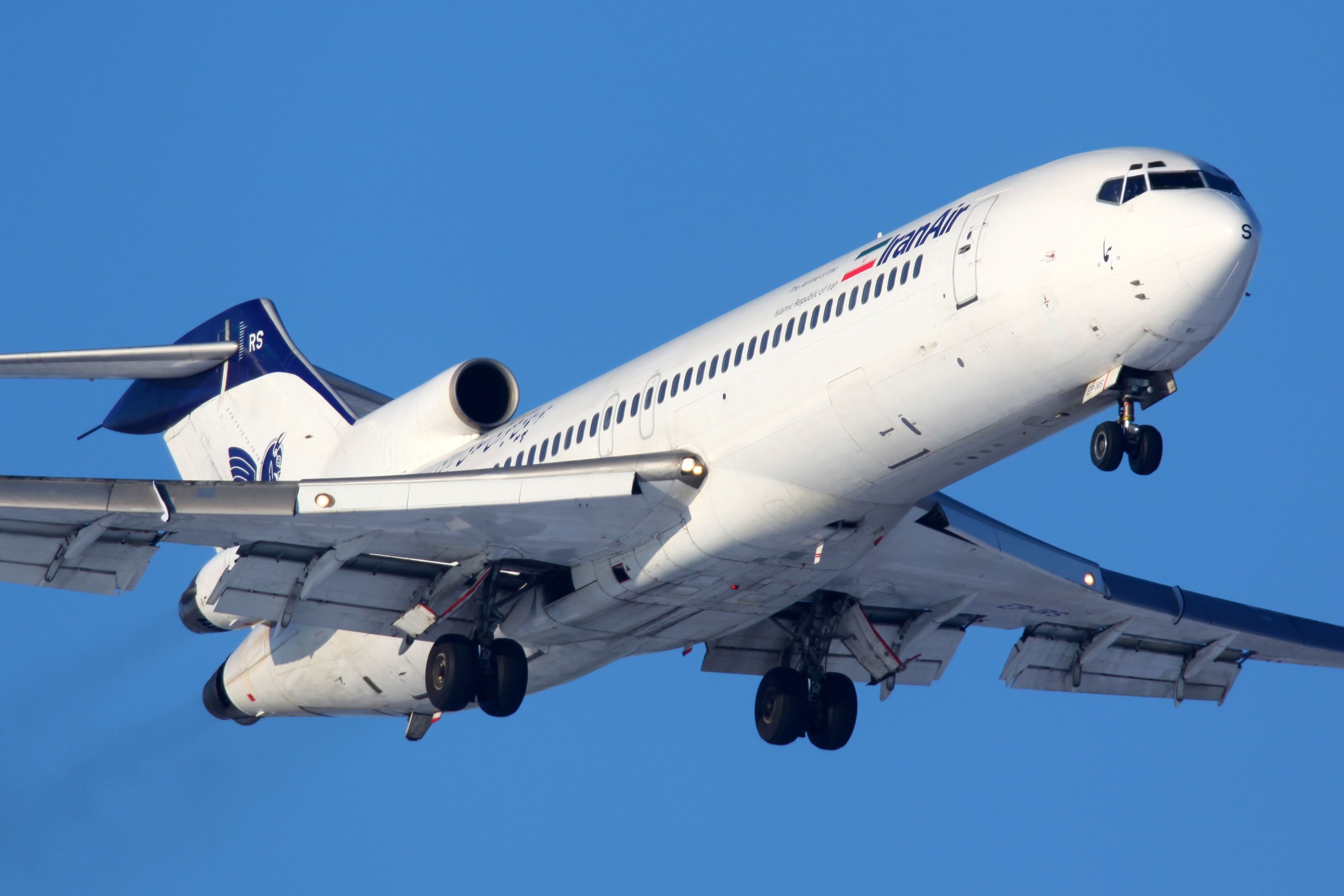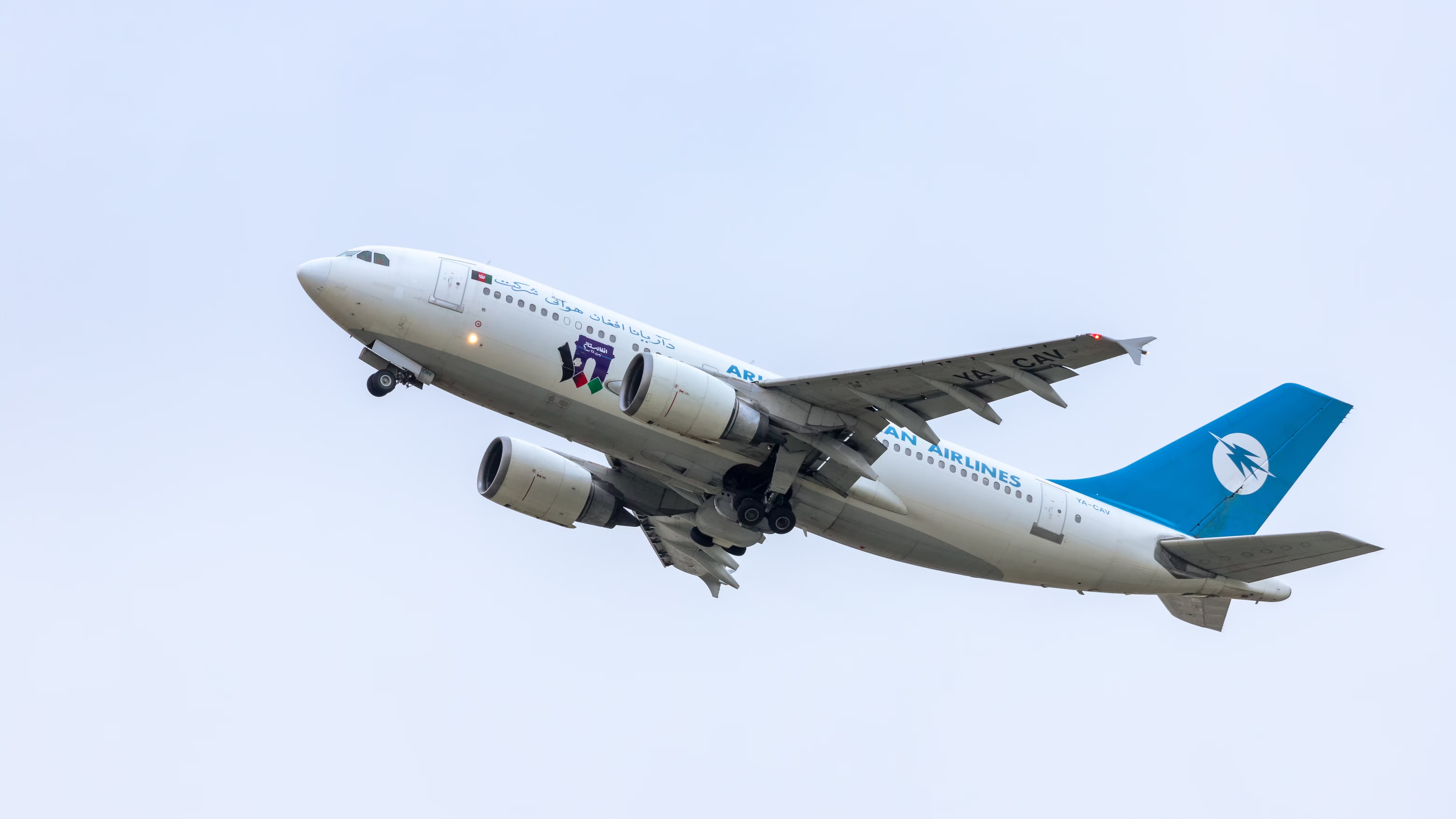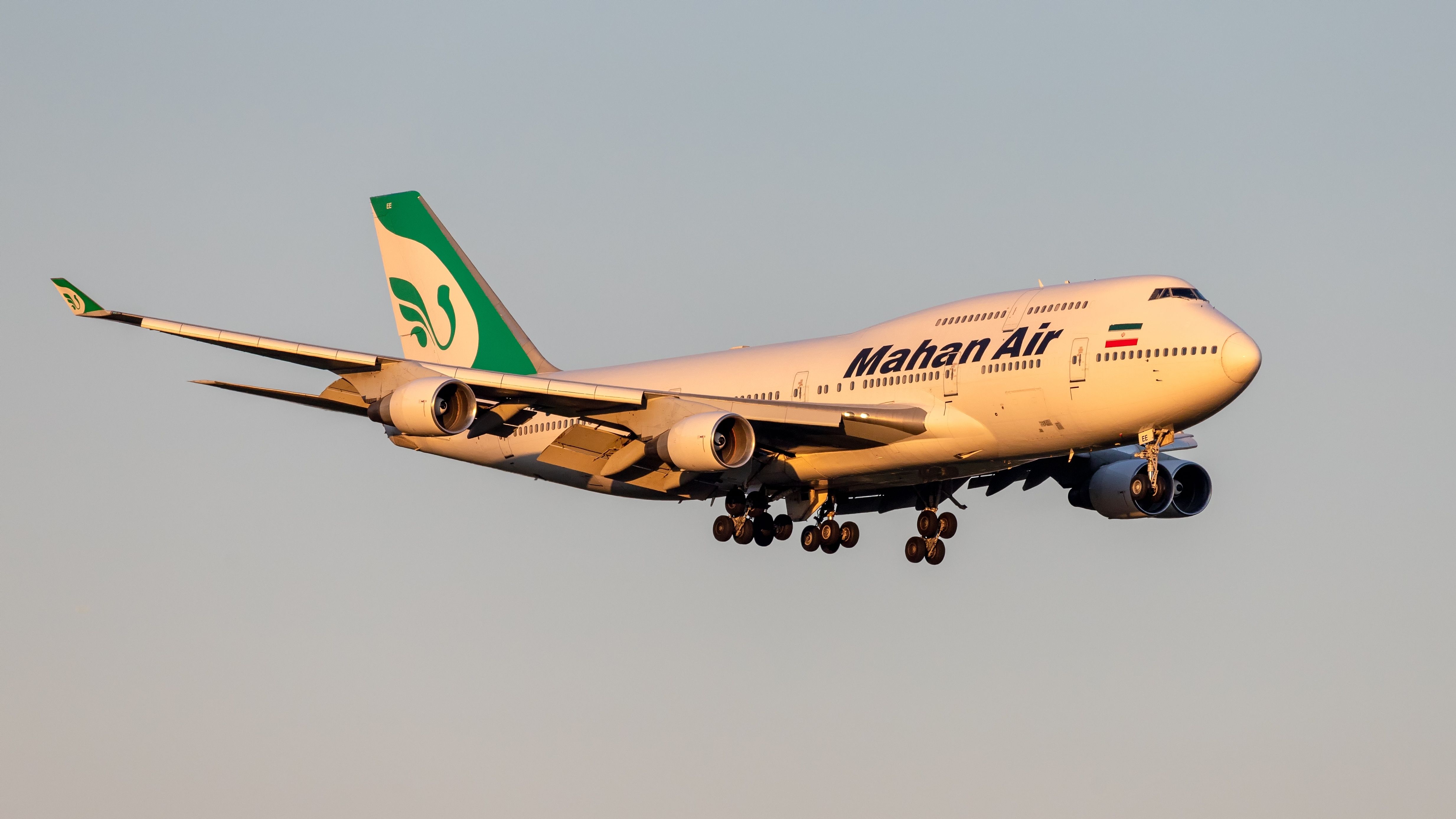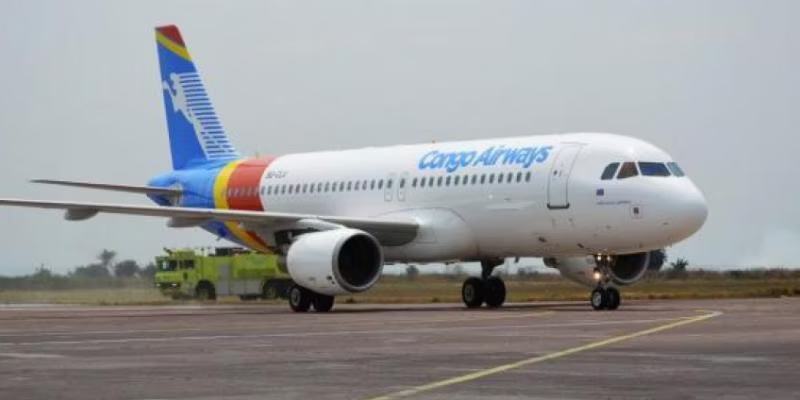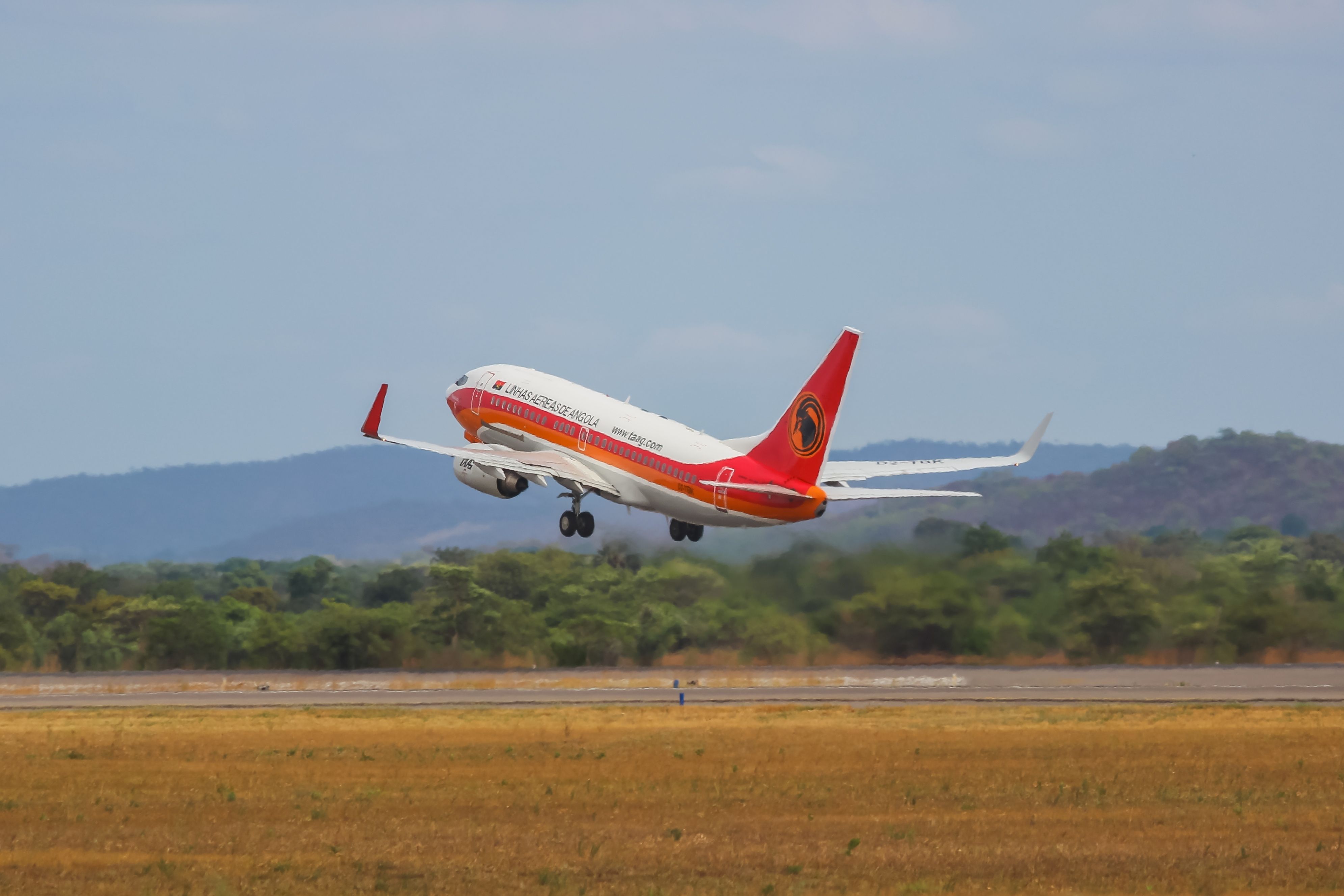Aviation safety is paramount in Europe, and the European Union (EU) enforces strict measures to ensure that airlines operating within its airspace adhere to international standards. One such measure is the EU Air Safety List, a frequently updated list of airlines banned from operating in the EU due to safety concerns.
We’re taking a closer look at some of the notable airlines currently prohibited from flying in the EU, focusing on key examples like Iran Air and examining why these bans matter for global aviation.
Photo: Mehdi Photos | Shutterstock
What is the EU Air Safety List?
The EU Air Safety List, commonly referred to as the “blacklist,” includes airlines whose safety standards are deemed insufficient. These restrictions are primarily due to poor regulatory oversight in the airlines’ home countries, safety violations, or failures to comply with international aviation standards.
As of May 2024, 128 air carriers are banned from operating in the EU, most of which are from countries with limited aviation safety infrastructure.
The list is periodically updated, reflecting ongoing safety inspections by the European Union Aviation Safety Agency (EASA) and other regulatory bodies. According to the European Commission, the aim of the EU Air Safety List is not just to ban airlines but to incentivize them to improve their safety standards and, ultimately, rejoin the global aviation market.
Reasons for Airlines Being Banned:
- Poor safety records due to accidents or lack of maintenance.
- Inadequate regulatory oversight by national aviation authorities.
- Non-compliance with international safety standards set by ICAO.
- Use of outdated aircraft with insufficient maintenance histories.
Most notable airlines currently banned
While the list includes airlines from numerous countries, a few key examples stand out due to their geopolitical significance or their impact on international air travel.
In 2022 the European Commission updated its EU Air Safety List, adding 21 airlines certified in Russia (as of May 2024 the list includes 22). This goes further than the airspace restrictions Russian aircraft were subject to prior to the ban, and highlights serious safety concerns over reregistration of foreign-owned aircraft and operation without valid Certificates of Airworthiness. Check out our complete coverage here.
Iran Air: A long-standing ban with global repercussions
Iran Air, Iran’s national carrier, has been banned from operating in the EU since 2010. The ban, which originally extended to its entire fleet, was partially lifted in 2016 but has been reinstated due to ongoing safety concerns.
According to a recent article, this ban now applies to the entire fleet, largely due to sanctions that prevent Iran Air from accessing new aircraft parts and maintaining its aging fleet.
Photo: Fasttailwind | Shutterstock
This ban has significant implications for both Iran’s aviation industry and its economic ties with Europe. Iran Air’s restricted operations severely limit its ability to service European routes, which were once a lucrative part of its network.
Quick Facts About Iran Air’s Ban:
- Year of Ban: 2010 (with a partial lift in 2016, now reinstated).
- Primary Reasons: Inability to maintain safety due to sanctions; aging fleet.
- Impact: Loss of access to lucrative European markets and further isolation from global aviation.
Ariana Afghan Airlines: A symbol of political instability
Another notable airline is Afghanistan’s Ariana Afghan Airlines, which has been banned from the EU since 2006. The ban stems from Afghanistan’s inability to provide adequate safety oversight.
With the return of the Taliban, the situation has worsened, and Afghanistan’s aviation infrastructure has crumbled, leaving little hope for Ariana Afghan Airlines to meet international standards in the near future.
Photo: Telsek | Shutterstock.com
According to the European Commission, the instability in Afghanistan makes it extremely challenging for the country to regulate its airlines effectively.
Quick Facts about Ariana Afghan Airlines’ Ban:
- Year of Ban: 2006.
- Primary Reason: Inadequate safety oversight by Afghanistan’s civil aviation authority.
- Current Status: The ban remains in place, and there is no immediate pathway to lift it.
Mahan Air: A mix of safety and security concerns
Mahan Air, another Iranian airline, was banned not just for safety concerns but also for security reasons. The EU has cited the airline’s role in transporting arms to conflict zones as a significant risk to both passengers and European security. According to EASA, this dual nature of Mahan Air’s operations made its ban all but inevitable.
Photo: Telsek | Shutterstock
Quick Facts about Mahan Air’s Ban:
- Year of Ban: Several EU countries banned Mahan Air in 2019, with the rest following suit in 2020.
- Primary Reasons: Safety violations combined with security concerns.
- Impact: Further restrictions on Iran’s aviation industry and diplomatic tensions.
Airlines from the Democratic Republic of the Congo (DRC)
The Democratic Republic of the Congo (DRC) is home to multiple airlines that are banned from the EU. Most of these airlines, such as Congo Airways, face bans due to poor safety records and an inability to maintain aircraft according to international standards.
According to the European Commission, these airlines frequently operate aging fleets with minimal oversight, contributing to a series of accidents and safety issues.
Overview of the DRC Airlines Ban:
- Primary Reasons: Poor safety records and outdated fleets with a lack of modern infrastructure and aviation oversight.
- Number of Airlines Banned: 21 from the DRC.
Consequences of being on the EU Air Safety List
Being blacklisted by the EU can have significant and far-reaching consequences for airlines and countries alike.
For airlines:
- Loss of revenue: Airlines banned from the EU lose access to lucrative European routes, which can lead to substantial financial losses.
- Reputational damage: Being on the blacklist severely tarnishes an airline’s global reputation, making it harder to form partnerships or attract passengers.
- Operational challenges: Banned airlines may struggle to obtain insurance or financing, further limiting their ability to upgrade fleets or improve safety standards.
For countries:
- Diplomatic consequences: Countries with multiple airlines on the list face increased diplomatic pressure to improve their regulatory oversight.
- Economic impact: Banned airlines often serve as vital links for trade and tourism, and their suspension can have broader economic implications.
The path to removal from the list
Despite the harsh consequences, there is a path for airlines to be removed from the EU Air Safety List. Airlines must demonstrate significant improvements in safety, often by overhauling their fleets, investing in staff training, and collaborating with international aviation bodies.
For example, TAAG Angola Airlines was removed from the list in April 2019 after showing clear improvements in safety oversight and operational standards.
Photo: Vidit Luthra | Shutterstock
Wrapping it up
The EU Air Safety List serves as an essential tool to ensure that airlines operating in Europe meet the highest safety standards. While bans on airlines like Iran Air and Ariana Afghan Airlines are influenced by both safety and geopolitical factors, the primary goal remains the protection of passengers.
As aviation continues to evolve, especially in emerging markets, the EU’s focus on safety and regulatory compliance will remain crucial. For airlines on the banned list, improving safety procedures is not just a necessity—it’s a requirement for survival in an increasingly competitive global aviation market.


